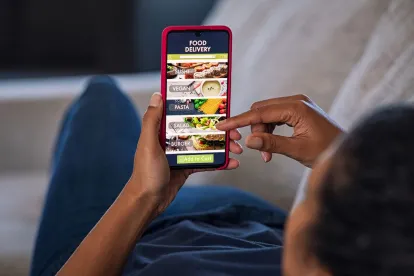Ubiquitous in the retail food and beverage industry is a trend to offer delivered meals, groceries and liquor, brought about by pandemic-related closures and safety concerns. As businesses strive to quickly accommodate customer demands, municipalities have been slower to adapt to changing business models. This presents numerous challenges, not least of all with land use and zoning compliance. While many municipalities have embraced food delivery from existing restaurants, they have been slower to permit third-party delivery services for food, liquor, groceries, or even cannabis (where state laws allow). Municipalities have not been quick to accommodate “dark stores” or “ghost kitchens” with a sole purpose of preparing food for delivery. However, the demand for quick delivery services necessitates such “delivery facilities."
When it comes to delivery facilities, the age-old adage of “location, location, location” applies more than ever. However, when municipalities consider such facilities “warehouses” and push them to the manufacturing-zoned districts, it can easily add 10-15 minutes on to each delivery time. Conversely, delivery facilities that are in the commercial districts struggle to comply with parking and building design requirements meant for patrons that will never enter the premises.
While, municipalities are keen to embrace new businesses, they are hesitant to risk a proliferation of non-pedestrian oriented storefronts. As such, working with stakeholders to draft amendments of municipal codes is equal parts legislation, and politics, and having the right team will make all the difference.




 />i
/>i

